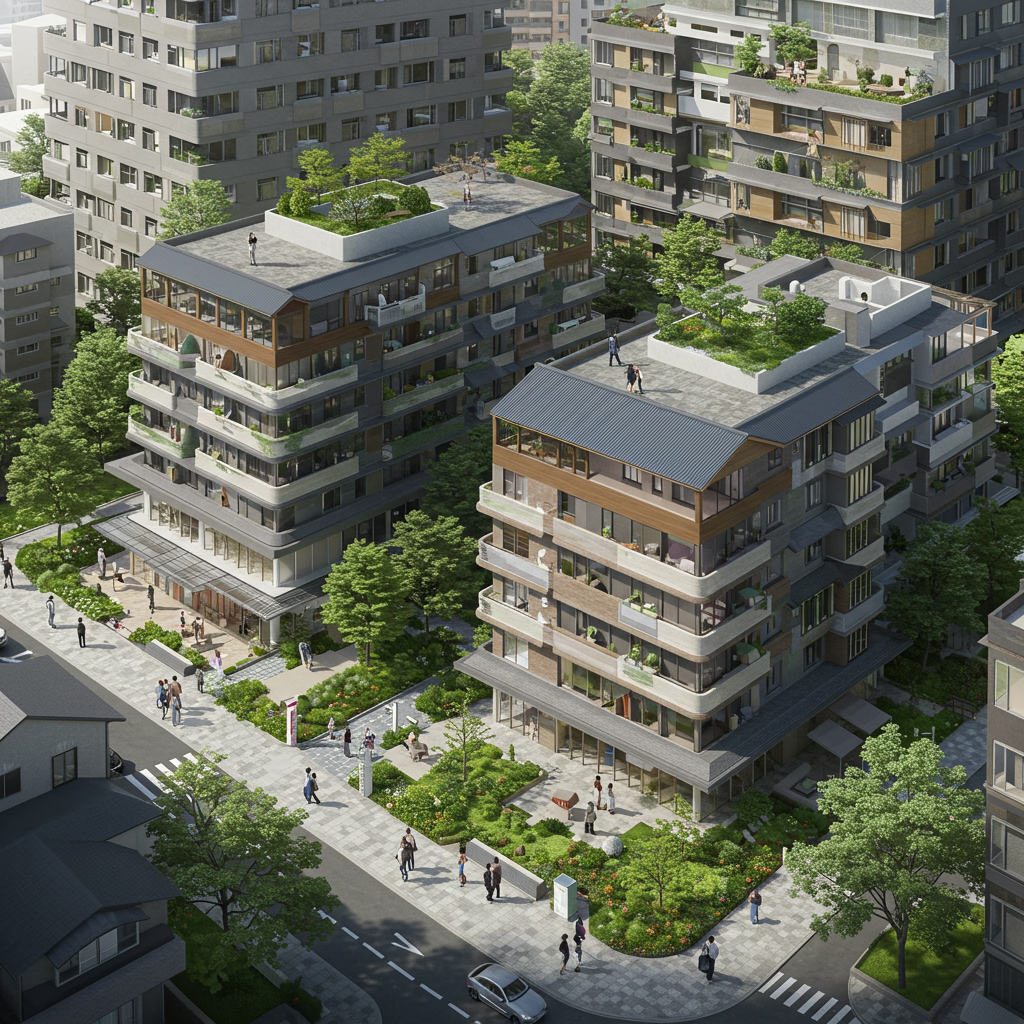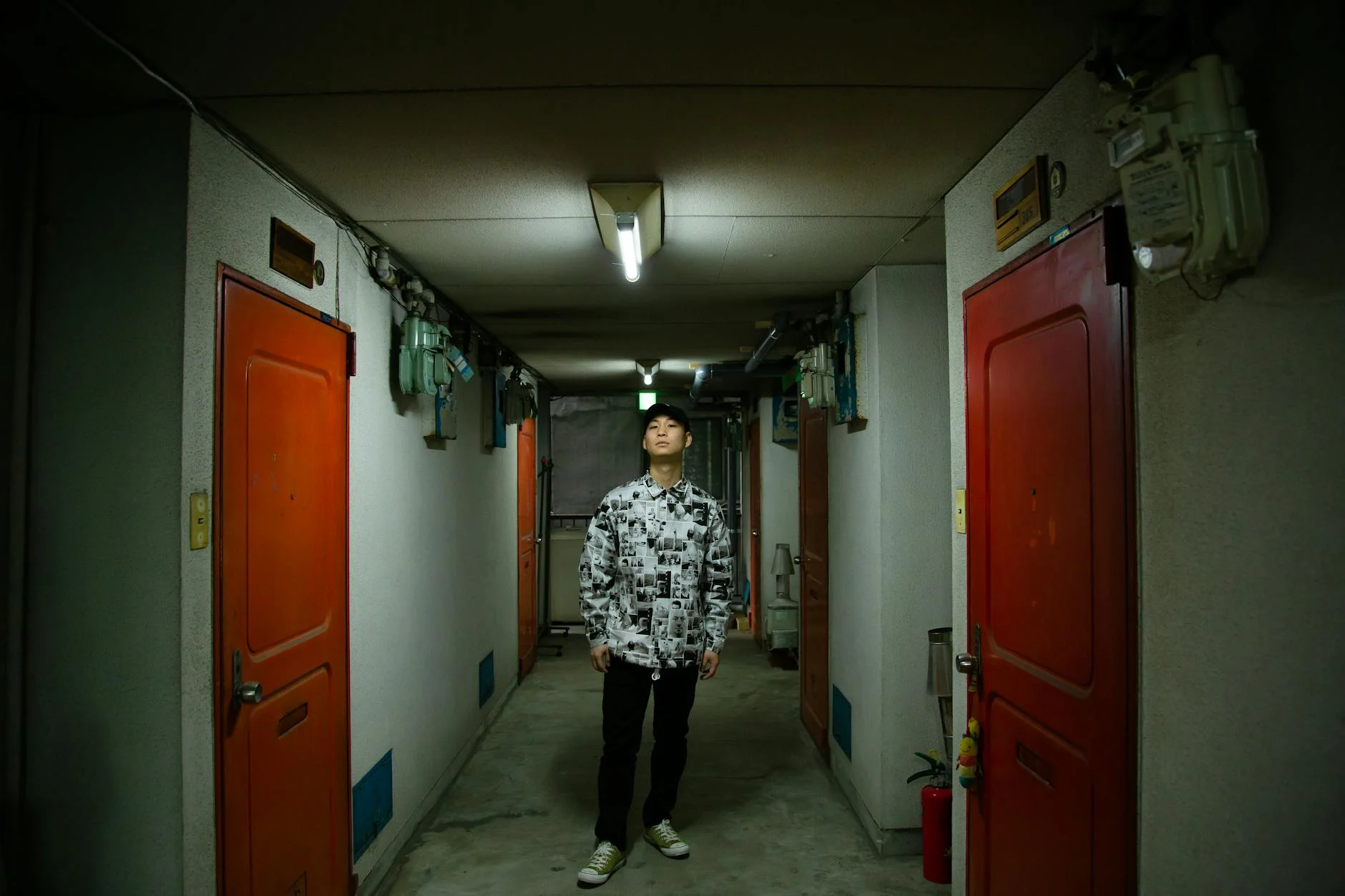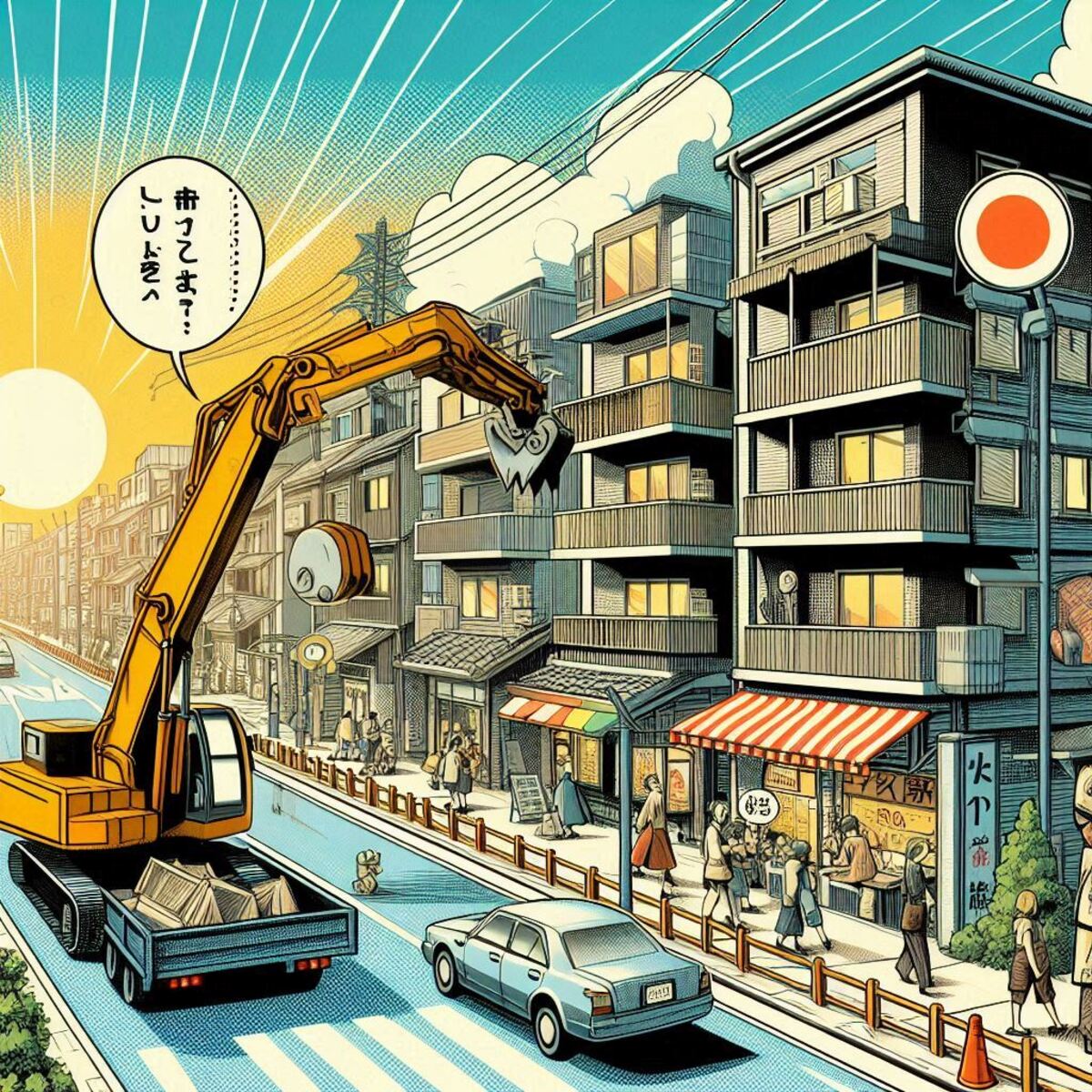“Property value declines with age”—a widely held belief across global markets.
However, in Japan’s metropolitan centers—particularly in Tokyo and Osaka—this belief is quietly being redefined.
In fact, the price of newly built condominiums has continued to climb year after year. More surprisingly, even properties over 30 years old are seeing notable appreciation in the resale market.
So, why is it that in certain cases, real estate in Japan not only retains its value over time—but actually increases?
Key Determinants of Long-Term Value: Location, Management, and Legal Structure
In Japan’s property market, three core pillars drive the long-term value of real estate assets:
- Prime Location — Proximity to central hubs, train stations, and prestigious neighborhoods
- Property Management — Well-maintained common areas, proactive repairs, and structured maintenance
- Legal Infrastructure — Clear frameworks for co-ownership and governance law
Among these, location becomes more valuable over time. Areas like Minato Ward, Nishi-Azabu, and Daikanyama are prized not only for their prestige but also for their scarcity. In such neighborhoods, no new land enters the market, keeping supply limited and secondary market demand strong.

Designed and Maintained for Generations: 50-Year Vision in Architecture and Management
Japanese condominiums are typically designed with a 50–60 year lifecycle in mind. But what truly sustains their market value—and often enhances it—is the meticulous quality of ongoing maintenance.
This includes:
-
Scheduled elevator inspections and modernization
-
Exterior façade repainting and tile restoration
-
Regular landscaping and common corridor cleaning
-
Strategic reserve funds and long-term repair plans managed by owners’ associations
Condominiums with consistently high maintenance standards are not seen as “old” but are instead regarded as “distinguished” or “established” residences.
Japan’s Unique Co-Ownership Governance: A Pillar of Long-Term Asset Preservation
Unlike many global markets where property maintenance is left to individual discretion or opaque third parties, Japan enforces a legal framework mandating the formation of homeowners’ associations. These bodies convene annually to determine budgets, oversee long-term repair plans, and appoint professional management firms when needed.
This culture of resident-led asset stewardship forms the very foundation for preserving property value over the long term.
Tokyo Neighborhoods Where 30- and 40-Year-Old Properties Still Thrive
In prestigious Tokyo neighborhoods such as Aoyama, Hiroo, and Bunkyo Ward, it’s not uncommon to find 30- or even 40-year-old condominiums selling at prices comparable to new developments. These enduringly sought-after properties often share key attributes:
- Central locations within a 5-minute walk of major train stations
- Construction by top-tier general contractors (e.g. Kajima, Shimizu)
- A high standard of resident profile and exemplary management
- Timeless architecture with immaculate upkeep
In today’s Japanese market, it’s no longer just about “building age”—but rather, “years of consistent care and governance” that define long-term value.

The Gap with Thailand: Condos Demolished After Just 20 Years?
In Thailand, it’s common for condominium buildings over 20 years old to experience visible deterioration in exterior finishes and outdated facilities, leading to steep declines in property value. In many cases, underperforming management associations and postponed repairs further contribute to liquidity issues—making resale difficult.
In contrast, Japanese properties are structurally and institutionally designed for longevity: 50 years of utility, 50 years of marketability, and 50 years of livability. This embedded resilience makes Japanese real estate an appealing option for investors seeking assets with sustained value over time, free from the typical anxieties of depreciation.
Trusted for the Long Term
Japanese condominiums are increasingly regarded as long-term financial instruments. Affluent buyers often acquire these properties with a generational perspective—valuing them for their ability to be:
- Passed on to children
- Easily transferred through inheritance
- Monetized in retirement through rental or resale
This is why a new standard is emerging: a property that lasts 50 years is an asset protected for 50 years.




